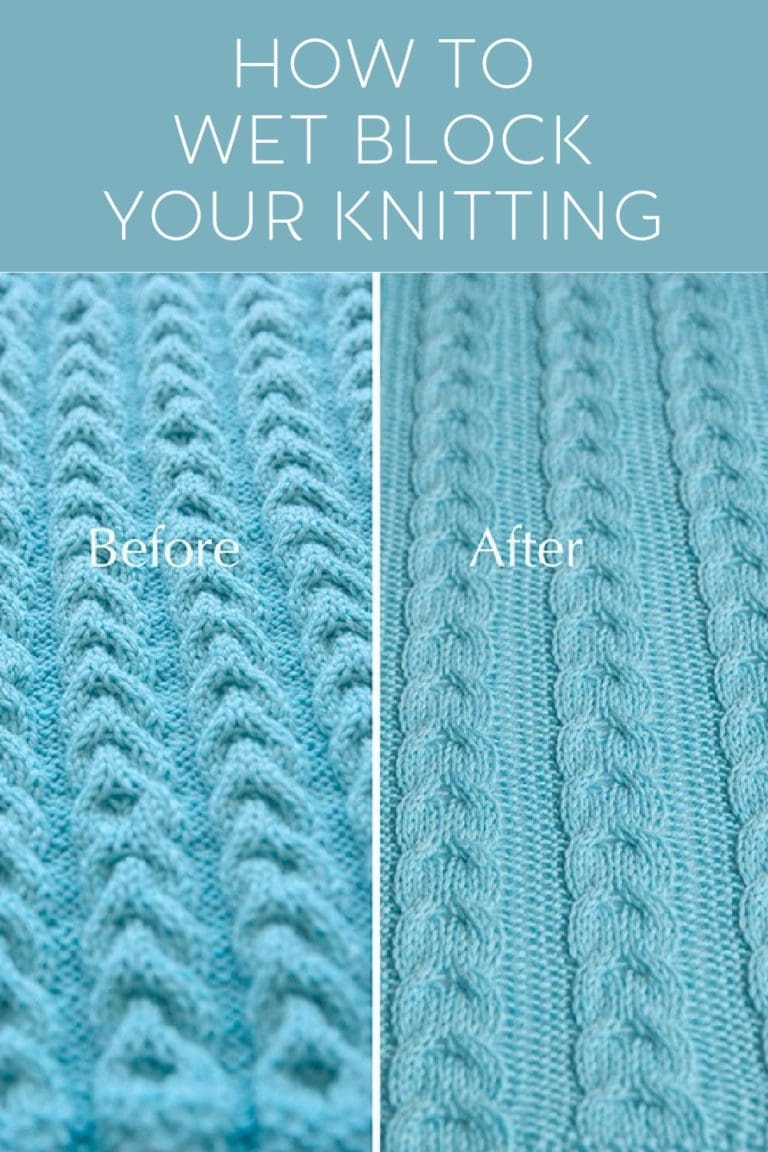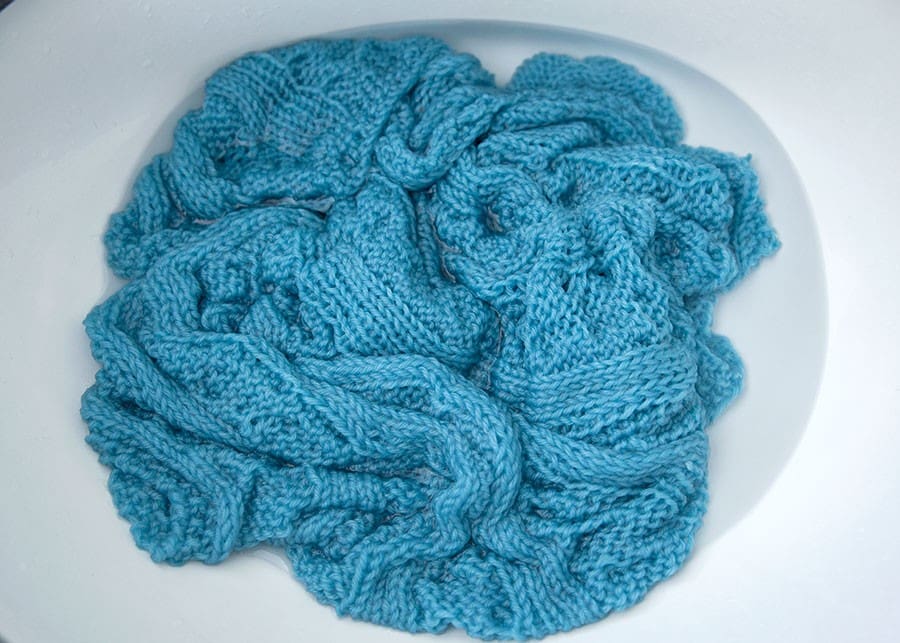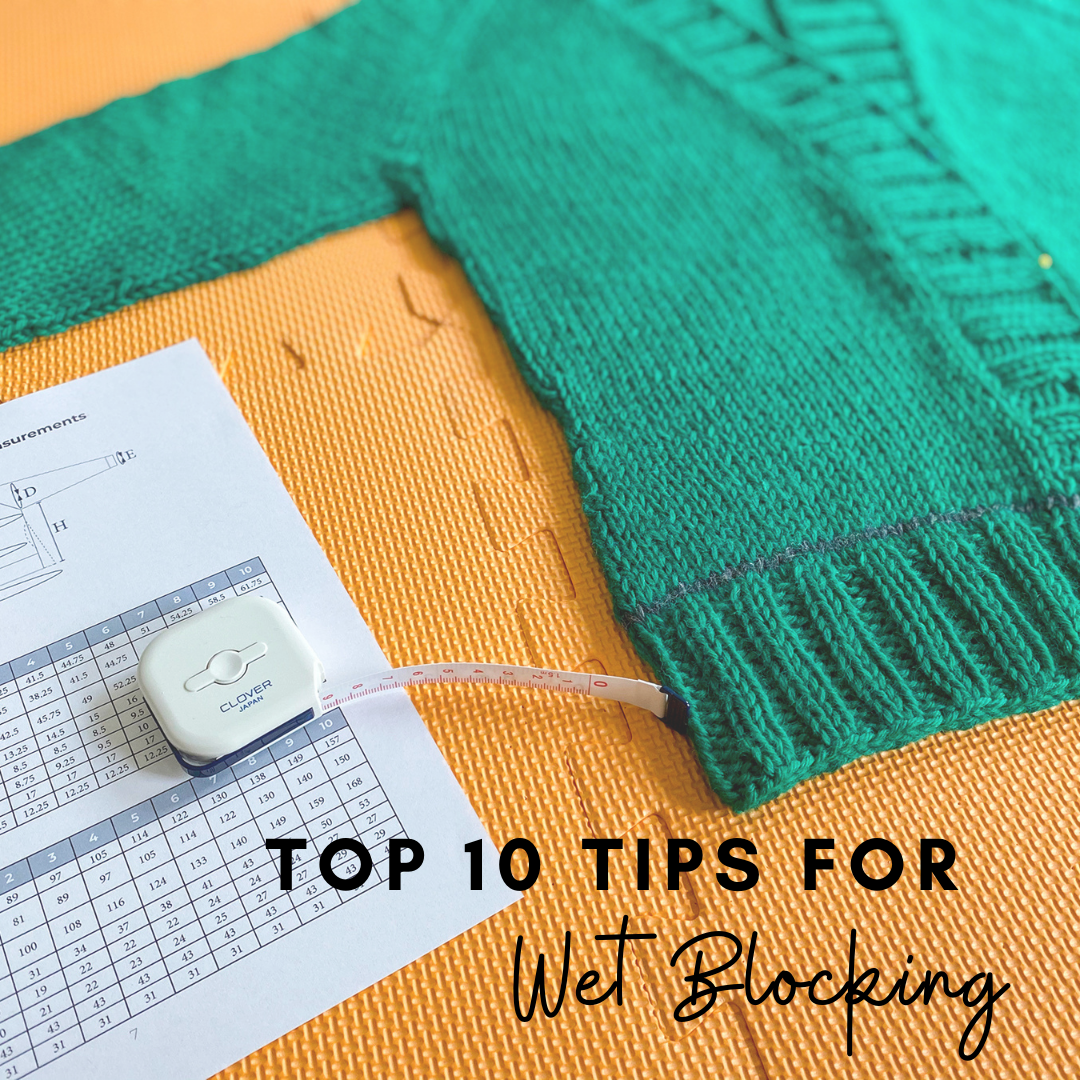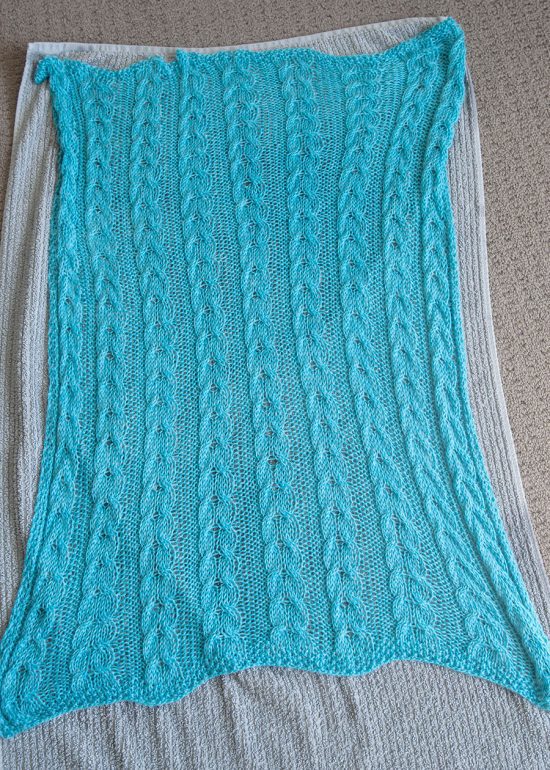Wet Blocking Knitting
Wet Blocking Knitting - Scroll to the bottom of this post and see a couple before and after comparisons. Julie takes you through the process of wet blocking a sweater step by step. Soak your knitted item in gentle wash per the yarn label instructions. Web there are three main ways to block a knitting project: A rule of thumb is to wash the knitted garment according to the washing instructions on the yarn label. Web you make a project wet, it becomes a bit more malleable, and then pin it into the desired shape, and as it dries, the newly formed hydrogen bonds will ensure that it will keep the shape (until it gets wet again). This detailed tutorial explains what blocking is, why you block and when you block.plus goes through the 3 different methods of wet blocking, steam blocking. Do not rub, twist, or wring a handknit. Join me while i block my latest scarf project and see how easy it is! Wet blocking, steam blocking, and spray blocking. Web are you confused about wet blocking? Then you gently take it out of the water, roll it in towels until your knitted piece feels just damp (not wet), and then lay it flat to dry. Wet blocking involves submerging your project in w. Web there are three main ways to block a knitting project: Do not rub, twist, or. A finished swatch or project is exposed to water and laid out to dry, often using pins or w. Blocking your finished knitting project makes a big difference in the appearance of your project! Web wet blocking is one of the most transformative processes in knitting. A rule of thumb is to wash the knitted garment according to the washing. A rule of thumb is to wash the knitted garment according to the washing instructions on the yarn label. 11k views 3 years ago. Steam, wet and spray blocking. While your item is soaking, set up the surface that you will be using for blocking. In the first step, you'll submerge your knitting in water. Web if you haven’t experienced the beauty of blocking, or feel like you could learn more, this is the tutorial for you! Web methods to wet blocking your knitting or crochet project are discussed and demonstrated in this tutorial video.methods are: Web mary lee duff. Web wet blocking is one of the most transformative processes in knitting. Web wet blocking. Web if you haven’t experienced the beauty of blocking, or feel like you could learn more, this is the tutorial for you! Web i'll walk you through how to wet block your knitted garments to achieve the best possible results. Experiment with blocking your gauge swatch before you block an actual knitted piece. You’ll start by soaking your finished project. Web there are 3 methods of blocking: A finished swatch or project is exposed to water and laid out to dry, often using pins or w. So, anything shorn/obtained from animals. Then you gently take it out of the water, roll it in towels until your knitted piece feels just damp (not wet), and then lay it flat to dry.. Web how to block knitting in 7 steps: Web there are 3 methods of blocking: A finished swatch or project is exposed to water and laid out to dry, often using pins or w. Web methods to wet blocking your knitting or crochet project are discussed and demonstrated in this tutorial video.methods are: Web wet blocking is one of the. Web if you are knitting with a yarn that has a lot of body or bounce, such as wool or alpaca, wet blocking can help to relax the fibers and give the finished item a softer, more flowing drape. Do not rub, twist, or wring a handknit. Join me while i block my latest scarf project and see how easy. Web wet blocking is a finishing process that helps shape and set your knitted item to its final dimensions and can greatly enhance the appearance of lace and other intricate stitch patterns. Do not rub, twist, or wring a handknit. While your item is soaking, set up the surface that you will be using for blocking. How to wet block. While your item is soaking, set up the surface that you will be using for blocking. Wet blocking is a valuable technique that can help you res. Web wet blocking knitwear consists of getting it thoroughly wet, then using a towel to remove as much moisture as possible before stretching it into the desired shape. No need to get overwhelmed,. Web blocking is a process used in knitting to help even out stitches. If you’re using the knitter’s block, configure the tiles to accommodate your knitted item. Before wet blocking anything, check its label for instructions to avoid causing any irreversible damages to it. During its first wash, a knitted garment will undergo a profound change — for a woolen handknit, the fibers will plump up and cohere into a beautifully even and sturdy fabric. Here’s a quick summary of how each method works. Web methods to wet blocking your knitting or crochet project are discussed and demonstrated in this tutorial video.methods are: Web wet blocking is one of the most transformative processes in knitting. Web the three main techniques are wet blocking, steam blocking, and spray blocking. Wet blocking, steam blocking, and spray blocking. So, anything shorn/obtained from animals. A finished swatch or project is exposed to water and laid out to dry, often using pins or w. Wet blocking is a valuable technique that can help you res. You’ll start by soaking your finished project in water and then shape it into the desired dimensions. Doing so may distort the stitches beyond correction. A rule of thumb is to wash the knitted garment according to the washing instructions on the yarn label. Web here are my favorite tools:
How to Wet Block your Knitting Leelee Knits

How to WetBlock Knitting

WET BLOCKING 101 HOW TO WET BLOCK A SHAWL [Step By Step Guide to Block

How to Wet Block your Knitting Leelee Knits

Wet Blocking Kelbourne Woolens

How to Wet Block your Knitting Leelee Knits

How to Wet Block your Knitting Leelee Knits

How to wet block your knits DONNAROSSA

Top 10 Tips for Wet Blocking Elizabeth Smith Knits

How to Wet Block your Knitting Leelee Knits
Use Spring Or Filtered Tap.
No Need To Get Overwhelmed, Though!
Web If You Haven’t Experienced The Beauty Of Blocking, Or Feel Like You Could Learn More, This Is The Tutorial For You!
Do Not Rub, Twist, Or Wring A Handknit.
Related Post: